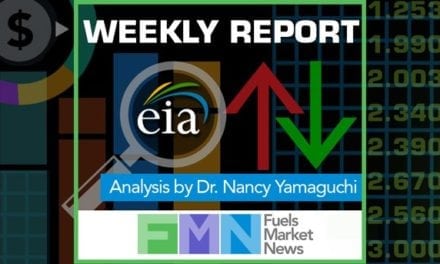Today the American Coalition for Ethanol (ACE) submitted comments to EPA on the proposed blending volumes for 2014, 2015, and 2016 under the Renewable Fuel Standard (RFS). ACE’s full comments can be read on the ACE website. Here are excerpts from ACE’s Executive Vice President, Brian Jennings.
“The RFS is intended to reduce the GHG emissions of motor fuel and provide consumer access to E15 and flex fuels which are less expensive and cleaner than gasoline. These sweeping goals will not be realized if EPA continues to ride the brakes on the RFS. Issuance of the final RFS in November has consequences beyond trying to get the program back on track. The decision will come at the same time the President prepares to negotiate an international agreement to reduce GHG emissions in Paris. What an embarrassment it will be if EPA betrays the Administration’s commitment to curb climate change by restricting the use of low carbon biofuels in the U.S.”
“Congress struck the phrase ‘or distribution capacity’ from the RFS waiver provision because it understood oil companies would exploit those words to confine ethanol blending at E10. EPA needs to accept this.”
ACE ‘s comments include sales data from retailers who are offering E15 and flex fuels to their customers, below is 2014 sales data from Good & Quick Convenience in Nevada, Iowa.
“Four of the six fueling positions at Good & Quick offer ethanol-free premium gasoline, while E15 and E85 are offered at only two fueling positions each. The sales debunk the petroleum industry mantra that ‘nobody wants E15.’ In fact, the volumes prove almost nobody wants ethanol-free premium, while six times as much E15 is being sold from half as many fueling positions. The figures also demonstrate concerns over E15 mis-fueling are misplaced. The ‘fear’ is if E15 is priced below E10, customers will suddenly lose their ability to distinguish between the two fuels, and will ‘mistakenly’ purchase E15. If that were true, E15 would be the highest selling fuel at Good & Quick. In reality, by making E15 available, consumers are still choosing E10 most of the time, and they are selecting to buy E15 more often than premium. Perhaps oil companies know this is what will occur and that’s why they support the way EPA is abandoning its responsibility to properly implement the RFS.”









